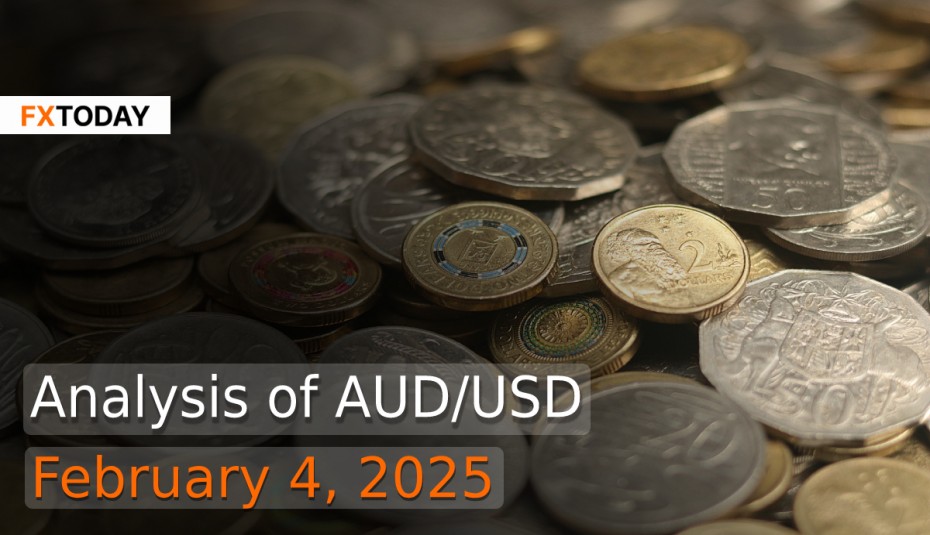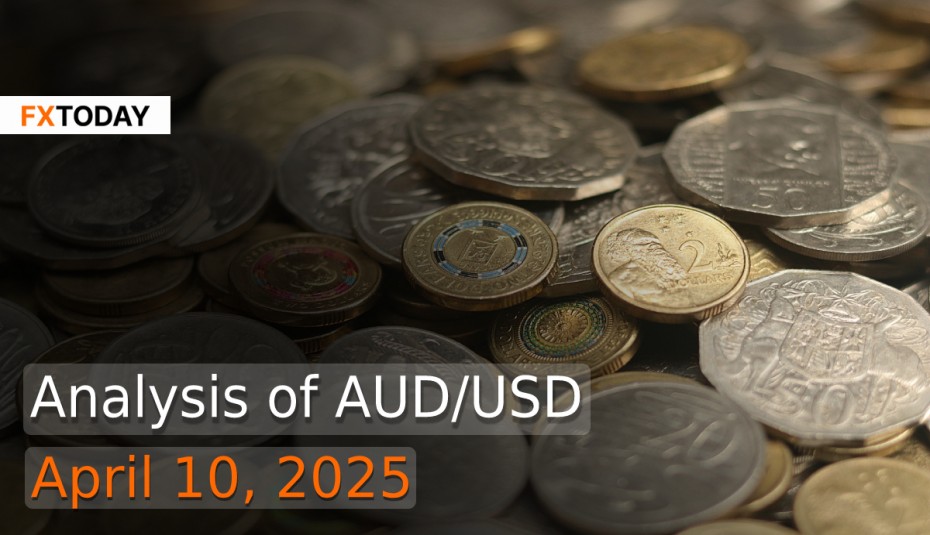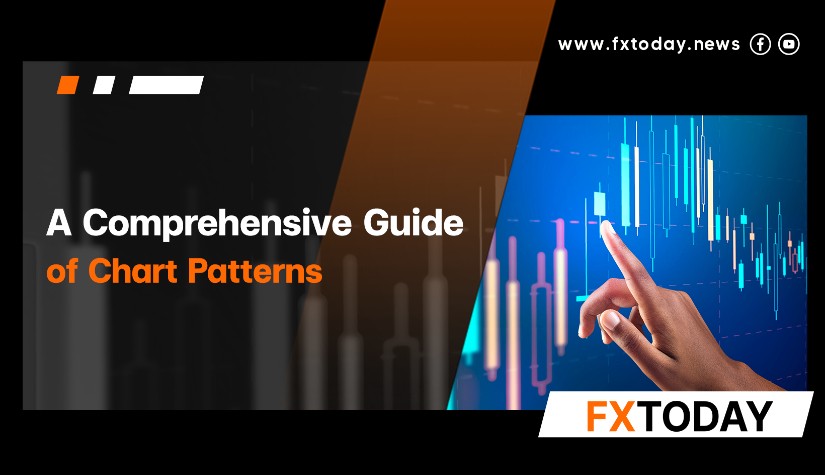Australian Household Spending Rises Again, Rate Cut Still Expected
Australian household spending rose for the third consecutive month in December, driven by increased discretionary purchases, according to the Australian Bureau of Statistics (ABS). On an annual basis, spending grew by 4.3%, the highest rate since March 2024, fueled by higher spending on new vehicles, dining out, air travel, and streaming services. Other discretionary categories, such as clothing and household furnishings, also contributed. However, this uptick is unlikely to change expectations of an imminent Reserve Bank of Australia (RBA) interest rate cut, given the recent slowdown in inflation.
Consumer spending is expected to add around 0.2 percentage points to GDP for the fourth quarter, providing modest support to an economy struggling with high mortgage rates and cost-of-living pressures. Meanwhile, Australian retail sales declined 0.1% in December after a strong Black Friday boost in November. The drop was milder than expected, with Cyber Monday and extended discounting sustaining sales. Fourth-quarter retail volumes grew by 1.0% to A$105.8 billion, marking the strongest increase since early 2022.
Financial markets anticipate an RBA rate cut, with futures pricing in a 95% chance of a 25-basis-point reduction at the February 18 meeting. Softer inflation data suggests disinflation is progressing faster than expected. Analysts at Westpac predict additional rate cuts in May, August, and November, potentially bringing the cash rate to 3.35% by the end of 2025. Lower borrowing costs could ease financial pressure on households and support discretionary spending, which has been constrained by high costs of living.
Australia’s inflation slowed to its lowest pace in nearly four years in Q4, reinforcing expectations of a rate cut. The CPI rose 2.4% year-on-year, while core inflation fell to 3.2%. Government electricity subsidies helped ease inflation, though strong spending on holiday travel and services kept some price pressures intact.
Despite economic challenges, Australia’s labor market remains strong, with unemployment steady at 4.0%. Wage growth has slowed, reducing the risk of a wage-price spiral. Business activity rebounded in December, particularly in retail, driven by Christmas demand. The National Australia Bank’s (NAB) business conditions index showed improved sales and profitability across most industries, though cost pressures persist.
Australia remains exposed to global trade tensions but is confident in its ability to navigate them. Treasurer Jim Chalmers stated that recent U.S. trade policy changes were expected and that Australia is well-positioned to adapt. Although Australia and New Zealand are not directly affected by new tariffs, both economies rely heavily on free trade, particularly with China.
Meanwhile, the U.S. dollar surged to a three-week high after President Donald Trump imposed additional tariffs. Investors turned to the U.S. dollar as a safe haven, while expectations for Federal Reserve rate cuts diminished.
In January, U.S. manufacturing expanded for the first time in over two years, but doubts remain about its durability. Economists predict that lingering tariff uncertainty will hurt manufacturing, as a stronger U.S. dollar makes American exports less competitive.
Business loan demand increased in Q4 2024 for the first time in two years, according to a Federal Reserve survey. Both large and small businesses sought more commercial and industrial loans, suggesting last year’s Fed rate cuts encouraged borrowing. Meanwhile, household demand for real estate, credit card, and consumer loans weakened due to higher mortgage rates. Fed officials considered these findings when holding rates steady, citing slower inflation progress, a resilient labor market, and uncertainty surrounding Trump’s trade policies.
Given the diverging monetary policy outlooks between the Reserve Bank of Australia (RBA) and the Federal Reserve, the AUD/USD exchange rate is likely to face downward pressure in the near term. While expectations of multiple RBA rate cuts in 2025 could weigh on the Australian dollar, the U.S. dollar remains supported by resilient economic data, reduced Fed rate-cut bets, and safe-haven demand amid trade policy uncertainty. However, further weakness in the AUD may be tempered by strong Australian labor market conditions and continued household spending growth. If U.S. inflation moderates faster than anticipated, prompting the Fed to adopt a more dovish stance, the AUD/USD pair could stabilize or recover later in the year.
Data for Technical Analysis (1H) CFD AUD/USD
Resistance : 0.6214, 0.6216, 0.6219
Support : 0.6208, 0.6206, 0.6203
1H Outlook
Source: TradingView
Buy/Long 1 If the support at the price range 0.6200 - 0.6208 is touched, but the support at 0.6208 cannot be broken, the TP may be set around 0.6216 and the SL around 0.6196, or up to the risk appetite.
Buy/Long 2 If the resistance can be broken at the price range of 0.6214 - 0.6222, TP may be set around 0.6227 and SL around 0.6204, or up to the risk appetite.
Sell/Short 1 If the resistance at the price range 0.6214 - 0.6222 is touched, but the resistance at 0.6214 cannot be broken, the TP may be set around 0.6208 and the SL around 0.6226, or up to the risk appetite.
Sell/Short 2 If the support can be broken at the price range of 0.6200 - 0.6208, TP may be set around 0.6195 and SL around 0.6218, or up to the risk appetite.
Pivot Points Feb 4, 2025 03:12AM GMT
|
Name
|
S3
|
S2
|
S1
|
Pivot Points
|
R1
|
R2
|
R3
|
|---|---|---|---|---|---|---|---|
| Classic | 0.62 | 0.6203 | 0.6208 | 0.6211 | 0.6216 | 0.6219 | 0.6224 |
| Fibonacci | 0.6203 | 0.6206 | 0.6208 | 0.6211 | 0.6214 | 0.6216 | 0.6219 |
| Camarilla | 0.621 | 0.6211 | 0.6211 | 0.6211 | 0.6213 | 0.6213 | 0.6214 |
| Woodie's | 0.62 | 0.6203 | 0.6208 | 0.6211 | 0.6216 | 0.6219 | 0.6224 |
| DeMark's | - | - | 0.6209 | 0.6211 | 0.6217 | - | - |
Sources: Investing 1, Investing 2
















